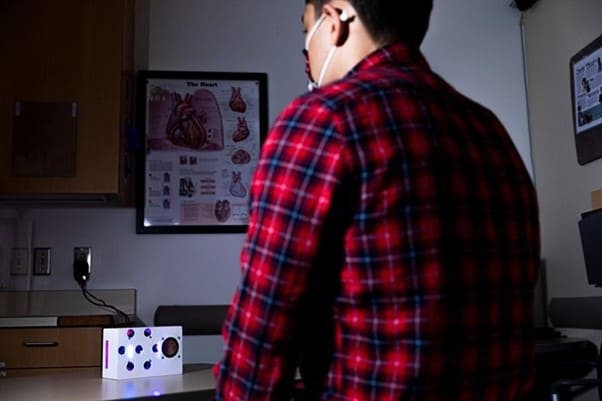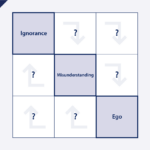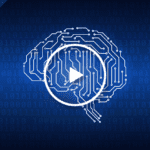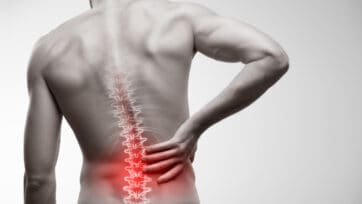A group of researchers from the University of Washington found a way to acquire individual heartbeats through a smart speaker. Sending inaudible sounds out into a room from the speaker, heartbeats can be measured based on the way sounds are transmitted back to the speaker.
The signal detected by the smart speakers was compared with a standard heartbeat monitor and the results are closely matched, both for healthy participants and cardiac patients. Heart rhythm analysis is important in the diagnosis and treatment of many cardiac problems, as well as in the study of heart rate variability in healthy people. This completely contactless new technology has some exciting applications in fields such as the diagnosis and monitoring of cardiac disease patients.
What makes this finding more useful is that the speakers are able to monitor rhythms in heartbeat rather than just the heart rate. Doctors are more interested in heart rhythms because two people with the same heart rate can have very different heart conditions, which can be better captured in heart rhythms. For the same heart rate, one person may have a regular heart rhythm, while the other has an irregular heart rhythm, with beats randomly scattered across a minute but still averaging out to be the same heart rate.
To detect heart rhythms, the key is to identify individual heartbeats. It starts when a person is sitting one to two feet away from the smart speaker, the system sends an inaudible sound to the targeted person, then this sound bounces back to the speaker. Any changes to the returned sound, the device’s algorithm can isolate movements on the person, such as the rise and fall from the breath. When you move around the room, the smart speakers are able to track where you are and continuously monitor the heartbeat, similar to the way your Google Assistant can find your voice even in a noisy room.

One of the challenges of the project is that the heartbeat signals are very small motions on the chest surface. To work around this issue, the researchers used machine learning techniques to help locate both regular and irregular heartbeats.
These smart speakers provide a low-cost test for heart rhythm disorders. Cardiac arrhythmias, which are more common than other well-known heart conditions, can cause major morbidities such as stroke. Since they are highly unpredictable in occurrence, having smart speakers to test heart rhythm frequently can be a game-changer for certain patients in terms of early diagnosis and management.
Currently, the system is set up for spot checks: if a person is concerned about their heart rhythm, they can sit in front of a smart speaker to get a reading.
The research team hopes that future versions could continuously monitor heart rates while people are asleep, something that could help doctors diagnose conditions such as sleep apnea.
References
E&T editorial staff 2021, Smart speakers use machine learning for contactless detection of heart rhythm, Engineering and Technology, viewed 6 April 2021, https://eandt.theiet.org/content/articles/2021/03/smart-speakers-use-machine-learning-for-contactless-detection-of-heart-rhythm/
Wang, A., Nguyen, D., Sridhar, A.R. et al. 2021, Using smart speakers to contactlessly monitor heart rhythms, Communications Biology, viewed 17 April 2021, https://doi.org/10.1038/s42003-021-01824-9




















